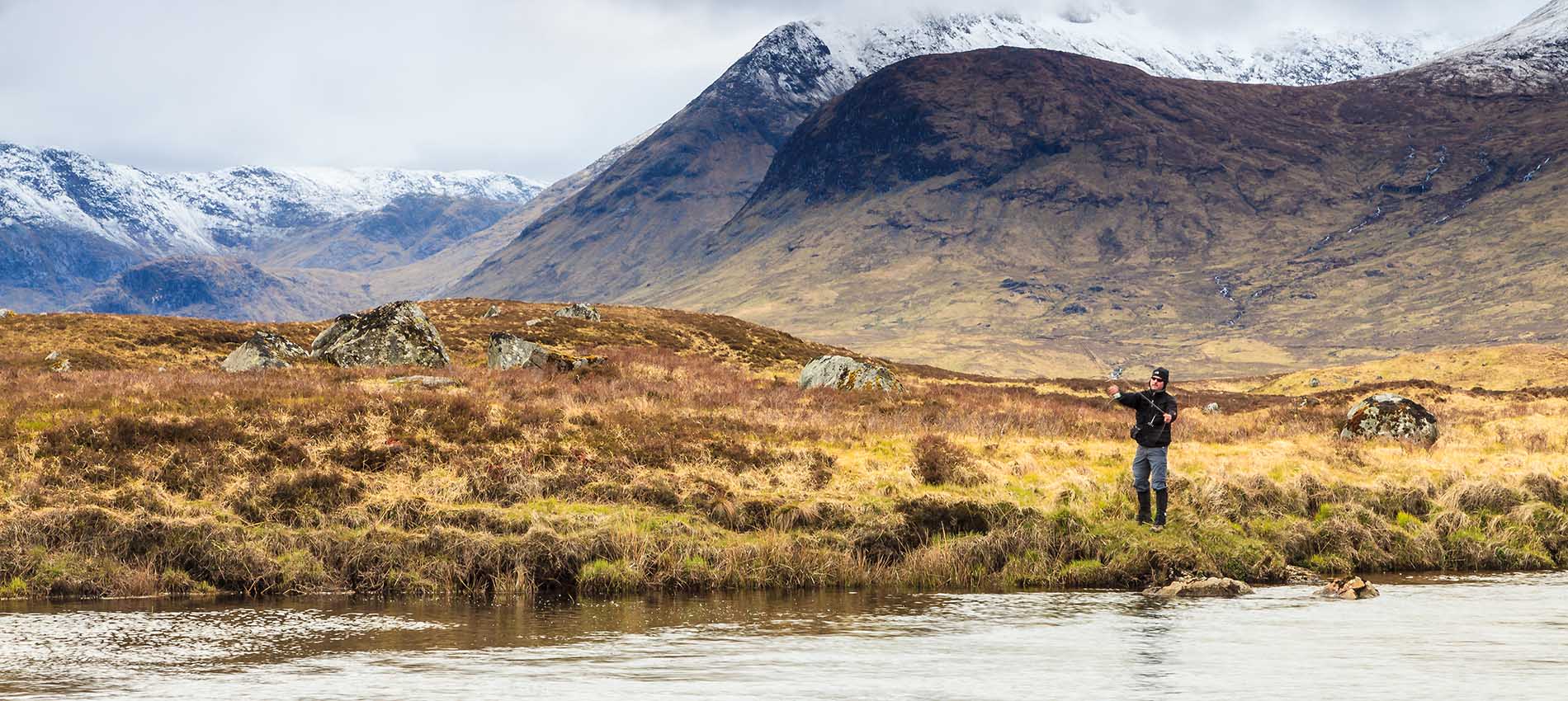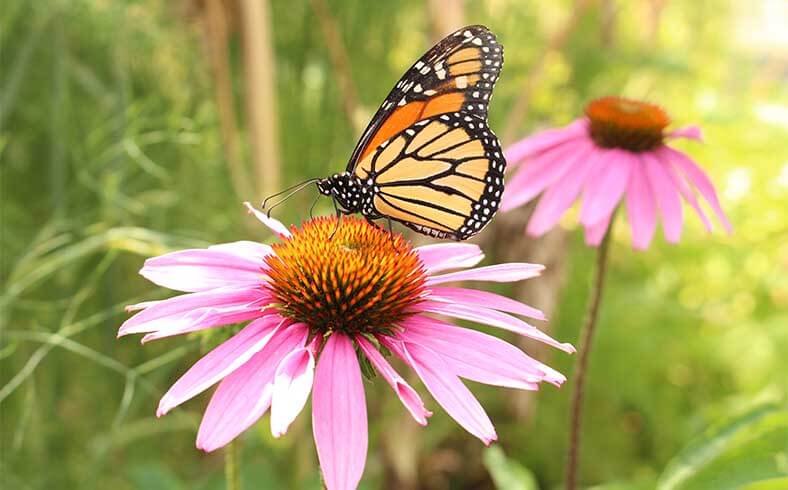
JANUARY | Witness monarchs on the move | Mexico
Monarch butterflies are the Marathon Men of the Animal Kingdom, having started their migration in early fall from nesting grounds as far north as Canada and fluttering south on a months-long quest to swarm the trees of Mexico’s Sierra Madres to breed each winter—and resume the arduous 3,000-mile odyssey back north. Mexico’s Monarch Butterfly Biosphere Reserve is the epicenter of this epic annual occurrence, although even seeing just a glimpse of these flocks of black-and-orange powerhouses en route is one of the natural world’s most epic sights.
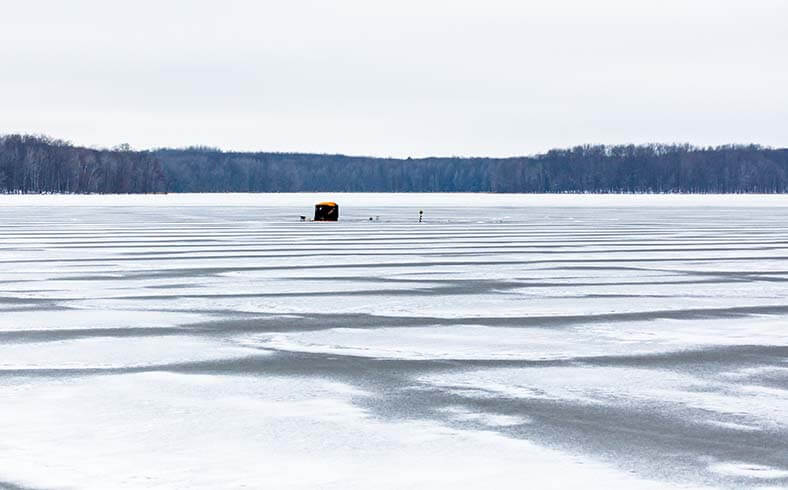
FEBRUARY | Catch a cold one | Wisconsin
Domain of the ultra-hardy and a rite of passage for swarthy northerners, there’s something elemental about the pursuit of fish in the depths of winter: trek (or drive) out onto the frozen mantle of some inland lake, drill a hole through the ice, and drop your line into the murky, sub-zero depths for species like walleye, sturgeon and bass. Add an element of competition to the pursuit by signing up for a family-friendly event like the winter Battle of the Bago, an annual fishing competition that takes place atop Wisconsin’s Lake Winnebago, the largest freshwater lake in the state (2019 competition dates are February 22-23). Minnesota’s Lake of the Woods is another popular ice-fishing spot in the Frozen North.
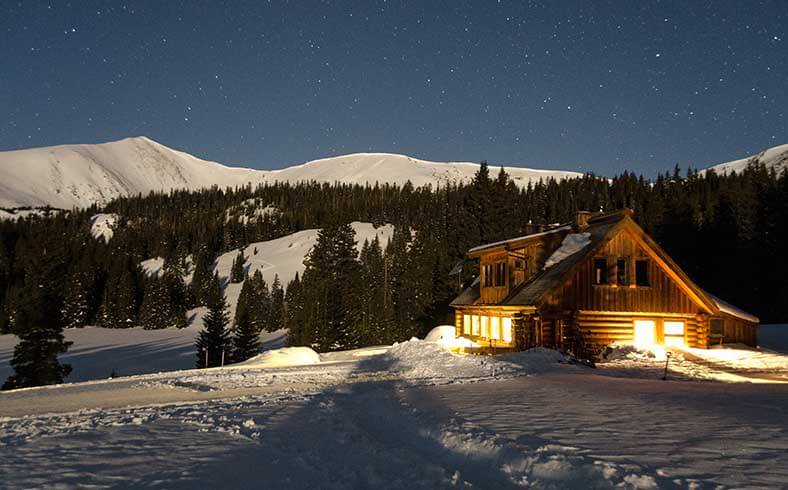
MARCH | Ski hut-to-hut in the Rockies | Colorado
Similar to the European Alps, Colorado boasts a well-maintained network of mountain huts that open to backcountry skiers and snowshoers during the winter and hikers in the warmer months. Of these, some 30 huts named after the U.S. Army’s 10th Mountain Division are perhaps the most famed, based on the fact this is where troops trained during World War II before being deployed to do battle in the high terrain of Italy and France. Located between Aspen, Leadville and Vail, the 10th Mountain Division huts, which sleep around 16 people, are spaced about a six- to seven-mile cross-country ski or snowshoe apart. Note huts can book up well in advance so reservations are advised.
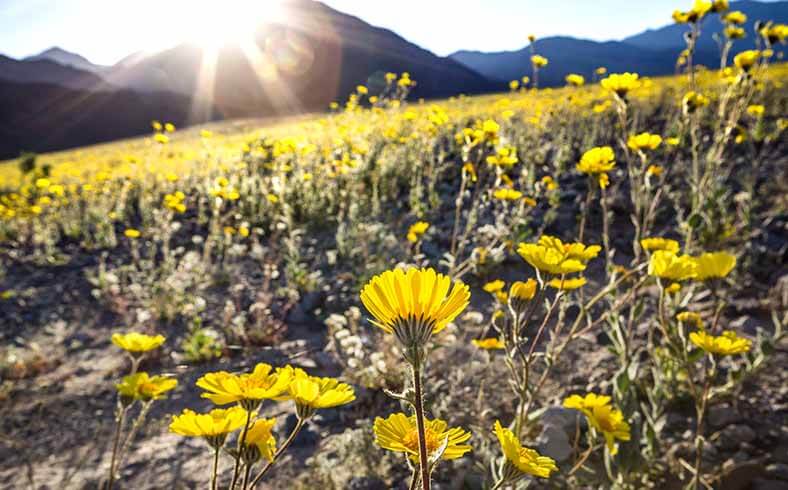
APRIL | Death begets life | California
The Death Valley wildflower show is no sure-thing, depending on a variety of climatic conditions to let Mother Nature paint her full palette across this most hostile of desert landscapes. The spring wildflower bloom can typically be seen from mid- to late February through April at lower elevations, and through May in the higher areas of Death Valley National Park. The increased rainfall of an El Niño weather pattern will typically bring out the best of the flowers, while changing weather patterns can make predicting annual peak blooms tricky. Other areas where the colors of spring provide a vivid contrast to the normally dry desert backdrop are South Mountain Park on the outskirts of Phoenix, Arizona, Anza-Borrego Desert State Park near San Diego and the colorful fields of poppies in Antelope Valley California Poppy Reserve north of Los Angeles.
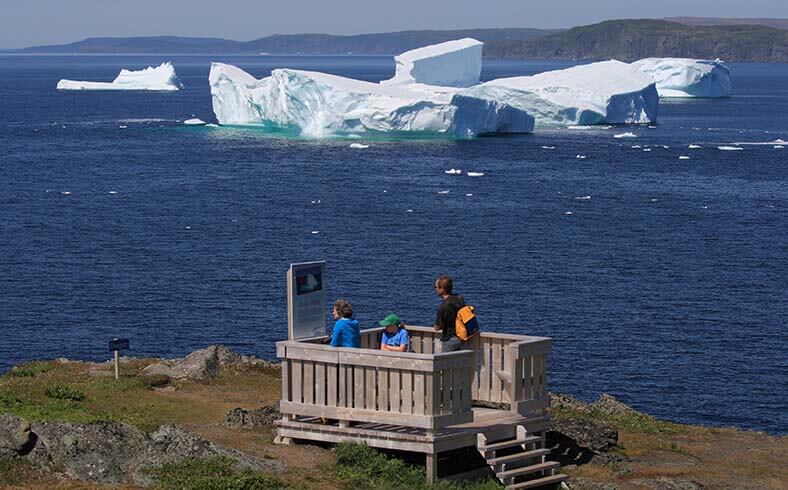
MAY | Paddle Newfoundland’s Iceberg Alley | Canada
Newfoundland’s Iceberg Alley is so-called for the procession of huge hulks of ice that start their journey off calving icebergs in western Greenland and then get carried some 2,000 miles to the coast of eastern Canada along the Labrador Current. Sea-kayaking tours in late spring bring paddlers up close and personal to these phenomenal natural sculptures, not to mention pods of humpbacks, minkes, and the occasional beluga whale who feed among the floating procession of what may perhaps be a fading annual event if global climate patterns continue to change.
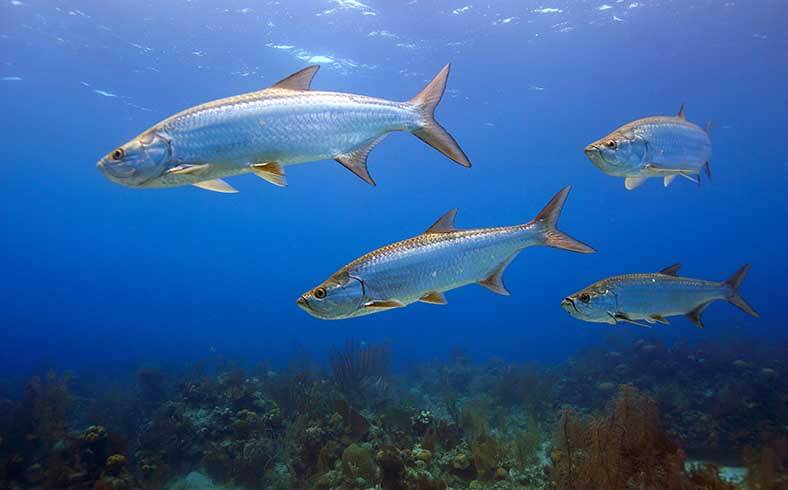
JUNE | Fish the epic saltwater flats of the western Caribbean | Belize
The shallows of the atolls buffering Belize’s eastern coast are where intrepid anglers test their mettle against tarpon and bonefish, fish known for their guile, muscle and stamina. Turneffe Atoll is arguably one of the region’s prime hunting grounds, an area of coastal flats, lagoons, mangroves and offshore reefs that harbor an array of aquatic species, from tarpon and grouper to manatees and saltwater crocs. Turneffe Island Resort is a private island that’s every bit the bucket-list destination, while Ambergris Caye is another sought-after destination for anglers and scuba divers alike. Honduras’ Roatan Island also holds similar allure for the adventurous traveler.
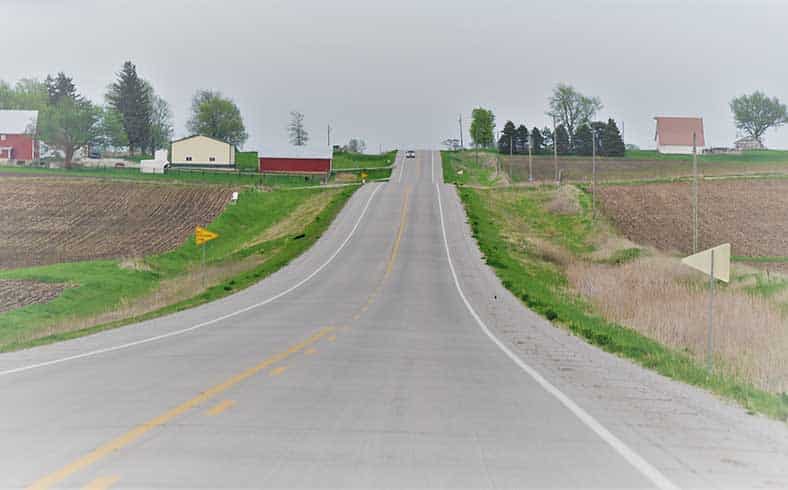
JULY | Ride with the Flatlanders | Iowa
This one’s for the powerful of posterior: ride 400-plus miles across the Heartland on what’s dubbed the RAGBRAI (the “Register’s Annual Great Bicycle Race Across Iowa”). And while you may think the Hawkeye State is one pancake-flat breeze, consider that this eight-day ride requires some 12,000 feet of elevation gain and reckoning with Great Plains headwinds that will make you bless all that high-end bike tech you’ve acquired over the years. Now in its 47th year, the ride has gone from an original 130 riders to over 10,000 saddle warriors looking to notch a unique long-distance crown.
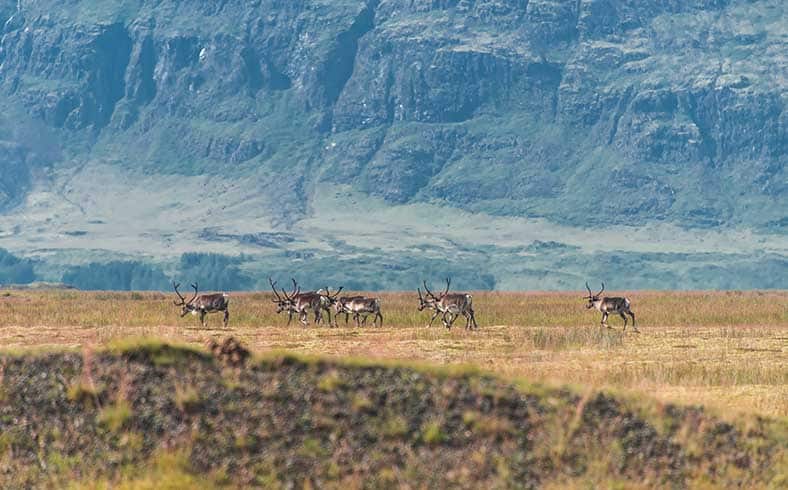
AUGUST | Hunt wild reindeer | Iceland
Journey to the Land of the Midnight Sun in pursuit of one of the world’s few entirely undomesticated herds of reindeer, aka caribou. Introduced from Norway in the late 11th century, Iceland’s reindeer herd today numbers some 7,000 animals and roam the volcanic slopes of eastern Iceland. Some 1,200 reindeer tags are issued each year, with foreign hunters eligible for the draw along with Icelandic hunters. Beyond the hunt, the Icelandic landscape is like no other, literally a land of fire and ice that simmers with a raw and primal beauty.

SEPTEMBER | Witness the world’s largest wildlife migration | Kenya & Tanzania
The world’s largest wildlife migration, this is actually a year-round phenomenon of two-million-plus marauding wildebeest and a supporting cast of charismatic fauna including lions, leopards, zebras and more. Set on the stage of the fertile Serengeti Plain, seasonal rains and subsequent dry seasons rotate a Who’s Who of the Animal Kingdom in a clockwise ritual of life, death and renewal. The “dry season” months of June to October are typically considered peak season for wildlife viewing, although intrepid travelers might want to consider off-season months like January and February to witness the birth of wildebeest calves as well as the shoulder seasons for a trip-of-the-lifetime experience without the same unbearable crush of tourists.
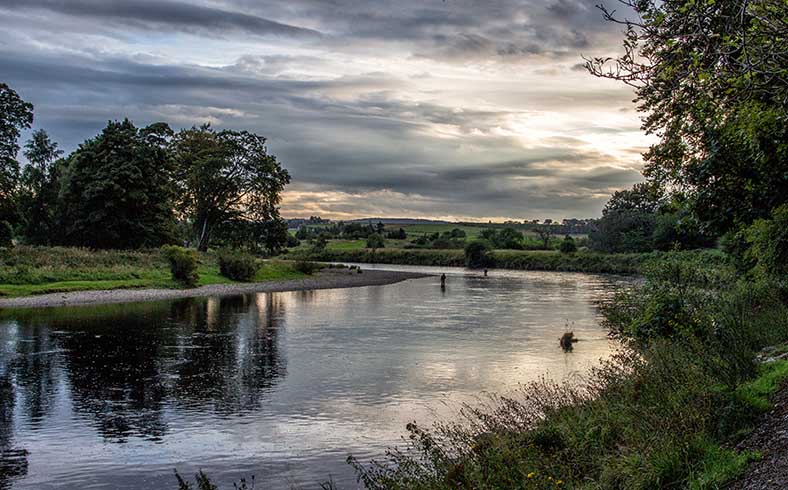
OCTOBER | Fishing fit for a king or queen | Scotland
If you are going to spend your vacation knee-deep in cold water, it might as well be on a “royal” river like Scotland’s River Dee. Starting life in the Cairngorm Mountains of north-central Scotland, the Dee charts a course to the North Sea by way of the famous Balmoral Estate, gifted to Queen Victoria by Crown Prince Albert and now the favored summer retreat of Queen Elizabeth II and her royal progeny. While you may not get access to the same spots where Harry and Wills fish the Dee, local fishing guides can secure permits to other prime sections of this scenic river. The drinking round here’s not bad, either: choose from distilleries in range of Balmoral including Dalwhinnie, Tomintoul and Blair Athol.

NOVEMBER | Get on the hunt in paradise | Hawaii
Let’s face it: any time of year is a good time to visit the Hawaiian islands, but we say why not sneak over to this archipelago of far-out blissfulness for a quick adventure before the tourist hordes descend for the winter high season. On land, species to hunt include axis deer and wild boar—”pua”—the latter being a species introduced centuries ago by Captain Cook and now staple of the Hawaiian luau. And while spearfishing has its critics as a commercial tourist endeavor, this sporting pursuit evokes island tradition as well as requires both hunting and freediving skill.
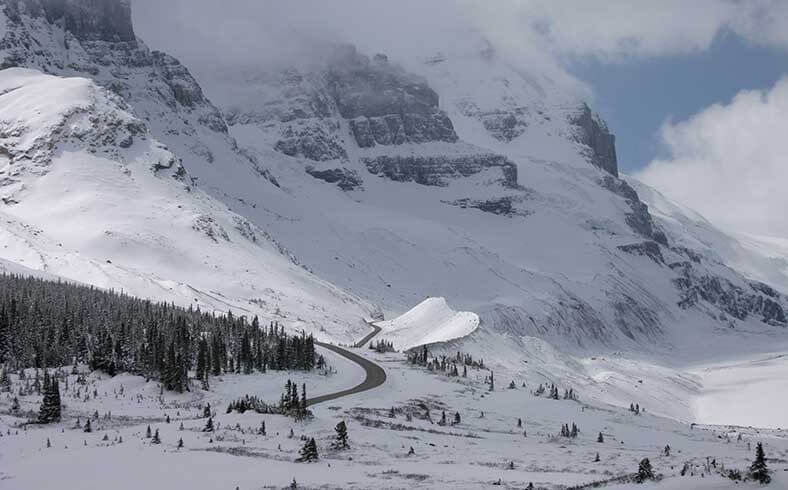
DECEMBER | Explore a true winter wonderland | Canada
Home to the wild and majestic expanses of Banff and Alberta national parks, the Canadian province of Alberta boasts some of the continent’s most breathtaking mountain landscapes. Millions of summer travelers flock to the towns of Banff and Lake Louise for hashtag-worthy selfie moments, but come in the teeth-chattering Baltic months to savor the full majesty of a land held in the pure, unyielding grip of winter. Sign up with a local outfitter to learn how to ice climb up one of the many breathtaking frozen falls that cling relentlessly to the monumental, massive slabs of Rocky Mountains granite lining world-famous Icefields Parkway. The piste up here ain’t bad, either, with world-class skiing and snowboarding in resorts including Norquay, Sunshine Village and Lake Louise in the Banff area and Marmot Basin further north in Jasper.
